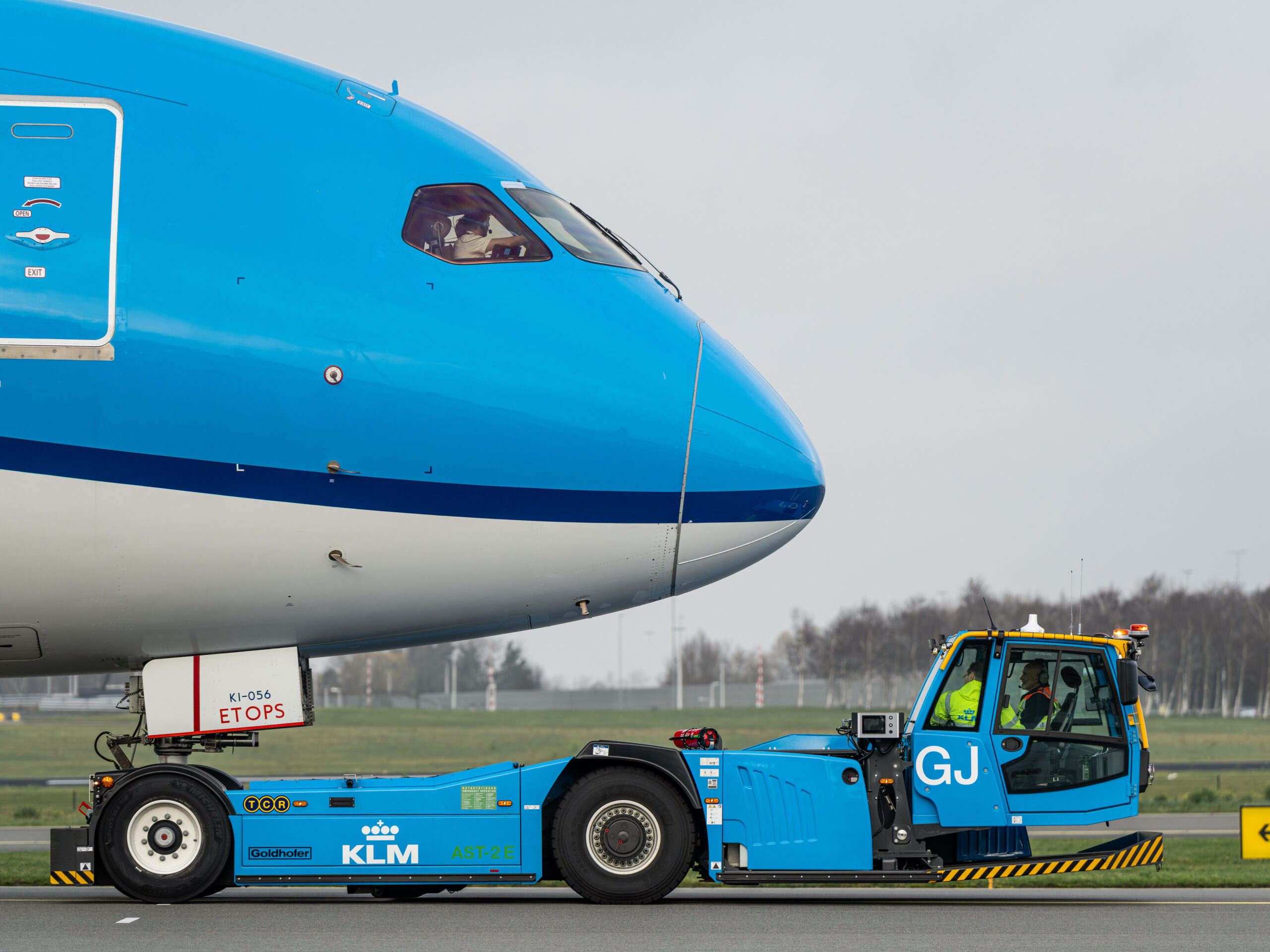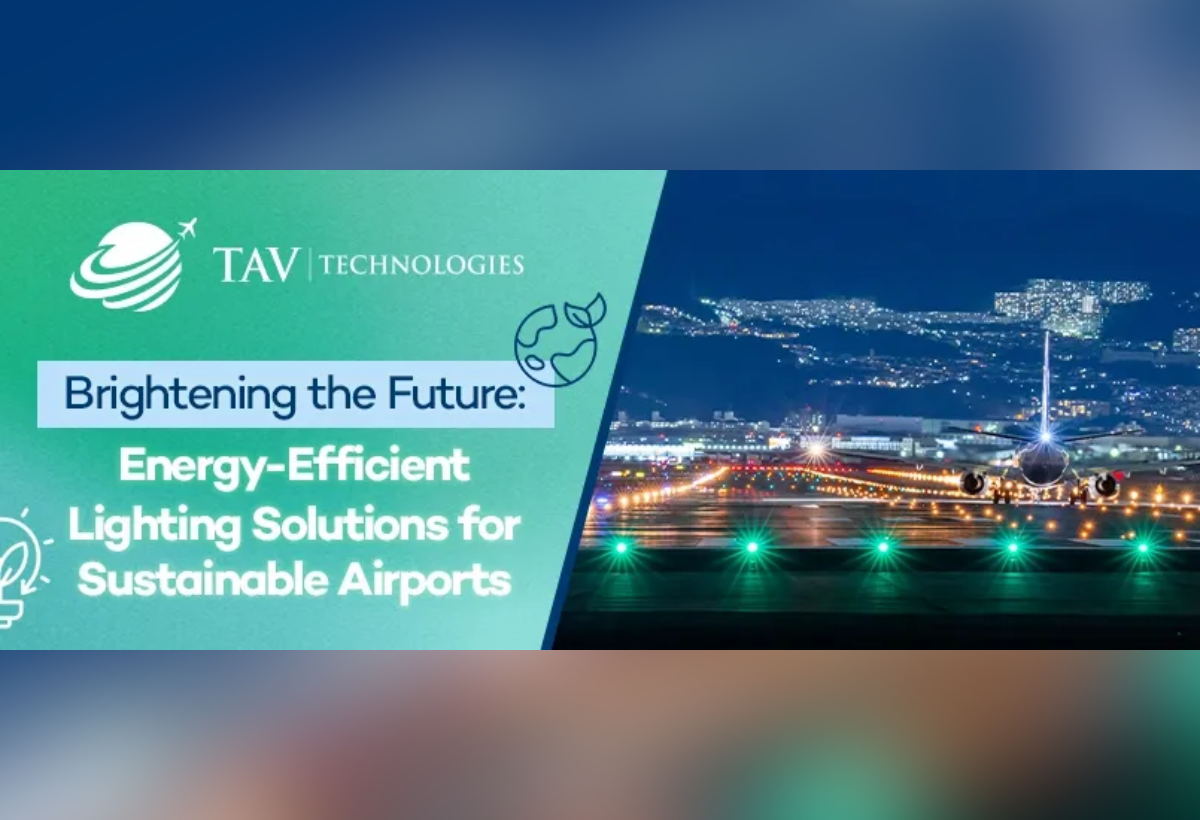OXCCU has launched its first demonstration plant for Sustainable Aviation Fuel (SAF) production at London Oxford Airport (OXF).
The OX1 plant uses a catalyst and reactor design to convert carbon dioxide (CO2) and hydrogen (H2) directly into long-chain hydrocarbons, producing a fuel known as OX•EFUEL.
This process is notable for its efficiency, achieving high conversion rates with minimal unwanted byproducts.

With this launch, OX1 is the first facility in the world to demonstrate this direct conversion method. It will begin operations at London Oxford Airport in September 2024.
As a first-of-its-kind (FOAK) facility, the OX1 plant will produce about 1 kg (approximately 1.2 litres) of liquid fuel per day. This marks a critical milestone in OXCCU’s journey towards scaling up SAF production.
The data gathered from this initial operation will aid the development of the larger OX2 plant, which is scheduled to begin production at Saltend Chemical Park in Hull by 2026. This facility has an expected output of 160 kg (200 litres) per day.
Ultimately, the company plans to establish commercial plants capable of meeting SAF demand across the UK and internationally.
Andrew Symes, CEO of OXCCU, said:We’re beyond excited to launch the OX1 plant, located close to where OXCCU was born. The fuel we’ve already made in a single step from CO2 in the lab has created great excitement with its potential to massively reduce the cost of SAF, but the scale up is key, and this plant will generate the data and litres of fuel we need. Our mission is to enable future generations to fly without a climate impact, and to do that we need cost-effective PtL SAF. This launch marks a key step in achieving that goal.
Unlike other Power-to-Liquid (PtL) fuel initiatives OXCCU’s approach eliminates the need to convert CO2 into CO—a step that is both difficult to electrify and energy-intensive.
This simplified process therefore lowers the cost of producing PtL SAF, addressing one of the key obstacles to its broader adoption.













